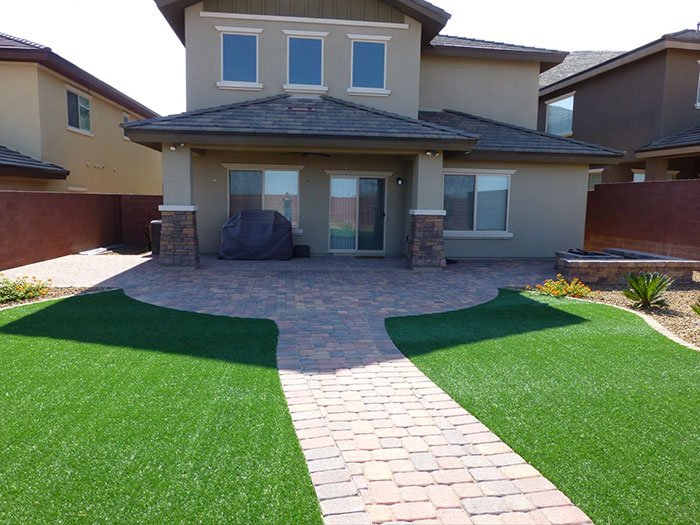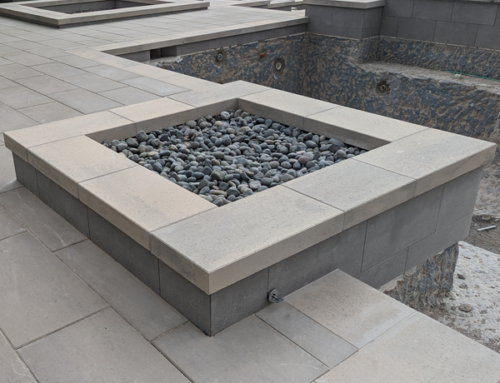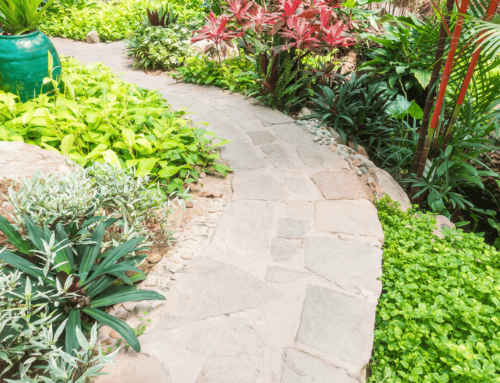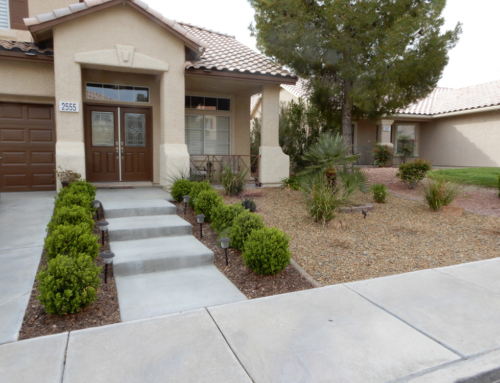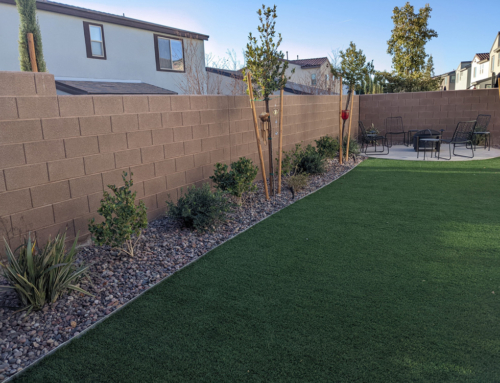If you are considering a landscaping project, perhaps redoing your backyard, you may be weighing the pros and cons of artificial turf grass versus real grass. While overall, there is not one option that is better for everyone than the other, there are key differences in both, and depending on what you are hoping to achieve with your lawn, you may decide that one is more preferable. In order to make an educated decision on what you would like to do with your landscaping project, and if artificial turf grass or real grass will work better, it is essential to understand each of the options. Let’s take a closer look!
Artificial Turf Grass
This alternative to real grass lawns has steadily increased in popularity over the years. In areas where the climate is not ideal for growing natural grass, sometimes artificial turf is the only way to go. In Las Vegas, while the climate is extremely dry and arid, it is possible for real grass to grow, however, artificial turf grass seems to be far more prominent. What are the pros and cons of this option? Keep reading!
Pros
As stated above, one of the positives to artificial turf grass is the ability to have a luscious green lawn even in areas where a real grass lawn is not achievable. Even better, you do not even have to water it to get it to stay that great green! Artificial turf grass requires much less maintenance than real grass does, with no mowing, no watering, no weeding, no edging, no fertilizing, and essentially no upkeep. It looks amazing when it is installed, and it stays amazing for a long time to come! This reduction in water usage is also green for the environment, requiring less recreational H2O and helping to prevent droughts in desert climates.
Another positive of artificial turf grass is the ability to customize your lawn appearance. With synthetic grass, you can choose from a variety of shades of green, you can easily place it into a variety of differently-shaped areas of your yard, and you can personalize your curb appeal as you would like.
Cons
One of the most notable cons of artificial turf is that, depending on which kind you invest in, the surface temperature of the turf can get extremely hot. There have been versions of this artificial grass created that do not get as hot as some of the original versions, and ones that are deemed pet-safe (suitable for sensitive paw pads), however, even these options do get a little warmer than real grass.
Another negative for artificial turf grass is that there is still an environmental impact that comes from the manufacturing process of the synthetic material. In addition, it is not biodegradable, so after it eventually reaches its expiration date, it will most likely still end up in a landfill or another trash deposit. Artificial turf also does not absorb pet waste as efficiently as real grass, so there may be residue and odor leftover.
Real Grass
While there are many positives to artificial turf grass, sometimes you cannot beat the feel and smell of a real grass lawn. Let’s check out some of the pros and cons of this option!
Pros
Possibly the most important, and the biggest, positive of a real grass lawn is the benefit that it has to the air within our environment. As a living plant, it is a contributing factor to our ecosystem as it assists with recycling carbon dioxide into oxygen, and it also removes pollutants from the air. Natural grass absorbs heat, and still remains cool to the touch.
Cons
One of the notorious negatives that comes with a lawn of real grass is the amount of water necessary to keep it looking lush and healthy. The environment suffers at the hands of constant lawn watering, and over-watering can even lead to droughts in certain areas. In addition to requiring so much water for upkeep, real grass is a pain to maintain. You must trim the edges along sidewalks and mow it consistently and fertilize dead patches and weed out unwanted plants. There is a lot more effort (and chemicals!) that goes into keeping a real grass lawn looking beautiful.
As you can see, there are numerous pros and cons to each lawn option. Depending on what you want to achieve with your landscaping, one or the other may be more preferable to you. If you still need help deciding, reach out to our landscaping experts and we can assist you with determining the best way to proceed with your project.

